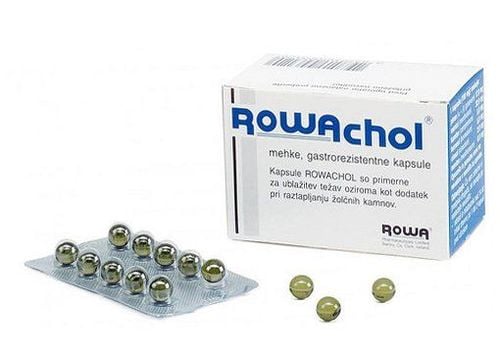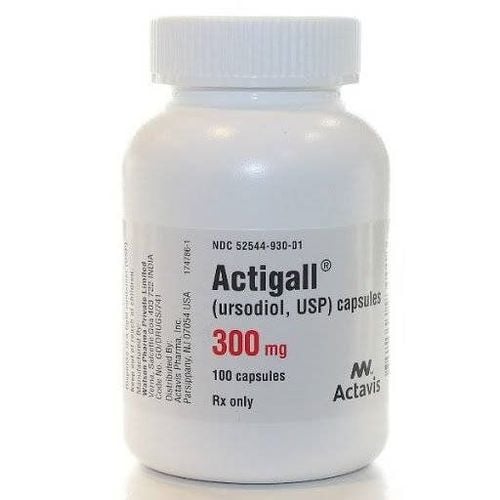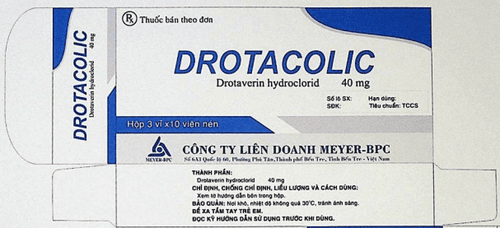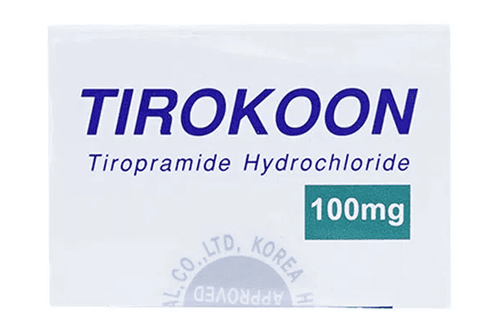This is an automatically translated article.
The article was professionally consulted by Specialist Doctor I Dong Xuan Ha - Gastrointestinal Endoscopy - Department of Medical Examination and Internal Medicine - Vinmec Ha Long International Hospital.Mirizzi syndrome is a complication of gallstones, resulting in obstruction of the testicle or part of the common hepatic duct. Mirizzi syndrome, if not diagnosed and treated promptly, leads to many dangerous complications.
1. What is Mirizzi syndrome?
Mirizzi syndrome occurs when a large stone or many small stones are inserted into the Hartmann pouch of the gallbladder or the cystic duct obstructing the cystic duct. When that causes consequences such as: dilatation of the gallbladder, thickening of the wall and acute cholecystitis, which can cause inflammation in the vicinity and stick to the common bile duct, long-term stone can cause necrosis of the bile duct wall and cause fistula. .
Mirizzi syndrome is a complication of cholelithiasis that should be differentiated from other malignancies that also cause obstructive jaundice.
The pathophysiology of Mirizzi syndrome is as follows: The entrapment of a single large stone or many small stones in the Hartmann pouch or cystic duct leads to Mirizzi syndrome through 2 pathways:
Chronic and/or acute inflammation It can lead to gallbladder constriction leading to secondary stenosis of the common hepatic duct, and may cause partial cholangitis and promote inflammation. Necrosis of the duct wall: the entrapment of a large stone leads to biliary tract fistula and secondary to necrosis of the duct wall causing intra-abdominal infection, sepsis, septic shock,... live.
2. Manifestations of Mirizzi's syndrome
When symptoms of Mirizzi syndrome appear, gallstones have been present for a long time. Mirizzi syndrome has typical symptoms of biliary tract symptoms such as:
Jaundice, yellow sclera, dark yellow urine. In addition, systemic symptoms such as fever and abdominal pain in the right flank and epigastrium may appear. Fatigue, loss of appetite, indigestion, stools may be discolored. Patients may also present with manifestations of acute pancreatitis such as abdominal pain, flatulence, vomiting, and bowel obstruction.

Laboratory tests show:
Hyperbilirubinemia, possibly increased liver enzymes, leukocytosis if there is acute cholecystitis, acute pancreatitis or inflammation of the common bile duct. Ultrasound may show a stone stuck in the cystic duct or a stone in the gallbladder. Computed tomography is valuable for differential diagnosis with tumors and sclerosing cholangitis. Magnetic resonance cholangiography (MRCP) is easier to assess for stones and biliary structures. Endoscopic retrograde cholangiopancreatography (ERCP) or percutaneous cholangiography (PTC) also evaluates stones and biliary tracts, however ERCP is chosen as the gold standard and through ERCP can also perform several procedures. therapeutic intervention is always possible.
3. Treatment for Mirizzi's syndrome
Treatments for Mirizzi syndrome include:Surgery. Surgery is the mainstay of treatment for Mirizzi syndrome. Surgery is aimed at removing stones, which are the causes of cholecystitis and stones that compress the gallbladder. Surgical methods such as: total cholecystectomy, cholecystectomy, fistula restoration by or biliary tract reconstruction, cholecystectomy - biliary reconstruction... depends on each specific case. Endoscopic retrograde cholangiopancreatography can be used both diagnostically and therapeutically as a preoperative delay to release common bile duct compression. Laparoscopic cholecystectomy may not require exploration of the common bile duct at the time of surgery. However, this method is only applicable if Mirizzi syndrome is diagnosed preoperatively. Open abdominal surgery to remove the gallbladder, check for stones in the bile duct. Note that before cholecystectomy, X-ray should be taken to confirm the diagnosis and anatomical features of the biliary tract. Mirizzi syndrome is caused by gallstone disease. Therefore, the best way to prevent disease is to examine, detect early and actively treat gallstones. Everyone should have a medical checkup every 6 months. In people with liver and gallstone disease, doctors and patients need to pay attention to early detection and aggressive treatment to prevent this syndrome.
Currently, Vinmec International General Hospital has Hepatobiliary Screening packages, which help detect Hepatitis Virus at an early stage even when there are no symptoms. In addition, the comprehensive hepatobiliary screening package helps customers:
Evaluate the liver's ability to work through liver enzyme tests; Evaluation of bile function; vascular nutrition; Early screening for liver cancer; Performing tests such as Total blood cell analysis, blood clotting ability, screening for hepatitis B, C; Assessment of hepatobiliary status through ultrasound images and diseases that have the potential to affect liver disease/exacerbation of liver disease; In-depth analysis of parameters to evaluate hepatobiliary function through laboratory and subclinical tests; the risk of affecting the liver and early screening for hepatobiliary cancer.
Please dial HOTLINE for more information or register for an appointment HERE. Download MyVinmec app to make appointments faster and to manage your bookings easily.














